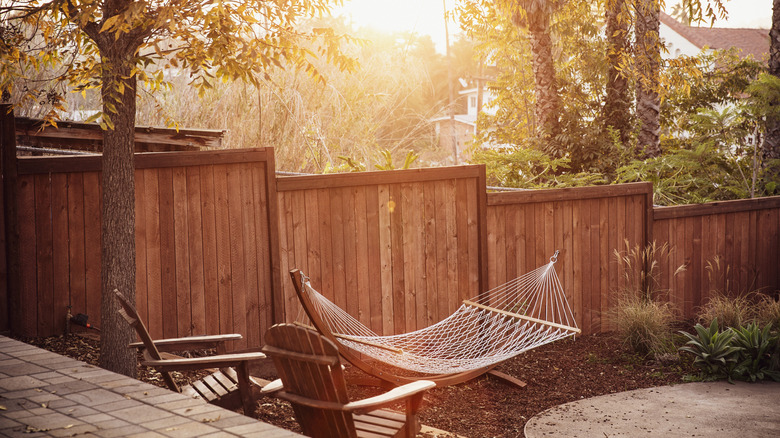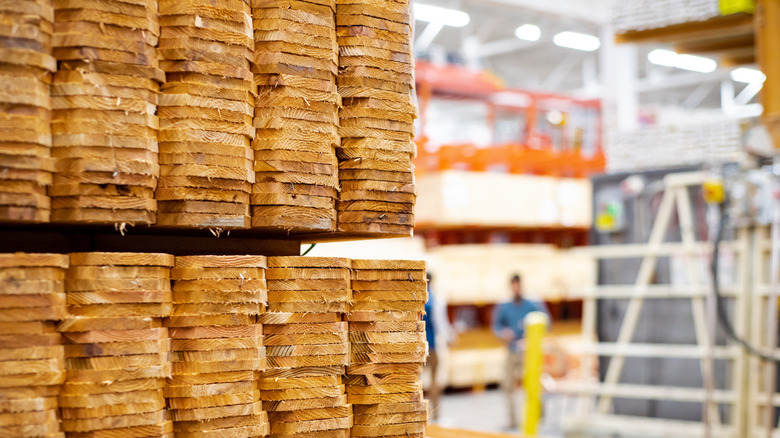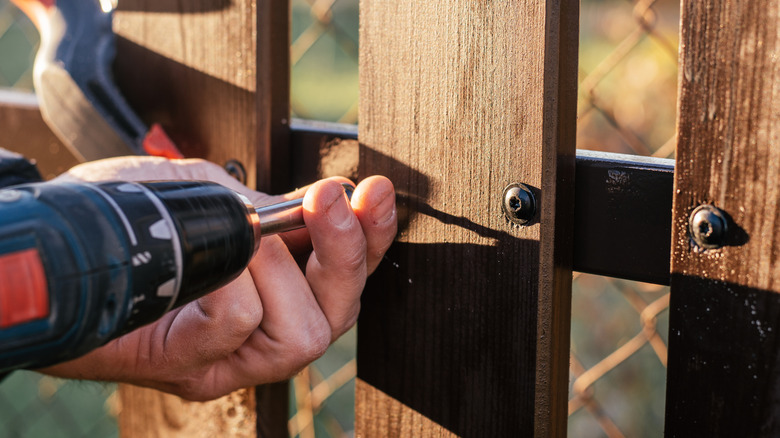Pre-Made Or DIY Fence Panels: How To Choose The Best Option For Your Yard And Wallet
Fencing is a practical and secure way to spruce up your yard, and choosing the right type can instantly boost your curb appeal. There's a great big world of fence varieties out there, and plenty of decisions to be made when mapping out your building process. One choice homeowners are faced with when planning their fence is whether or not to buy pre-made panels, or if they should try their hand at the DIY route.
It's useful to know the differences between prefabricated fencing and panels built from scratch when determining what style of fencing your home needs. You can find pre-made fence segments that are efficient and affordable at most major hardware stores, but some DIY enthusiasts prefer to build their fence the old-fashioned way, with boards or pickets, especially when dealing with unique landscapes. Here are the pros and cons for both homemade fences and prefabbed ones, and which option is best suited for your home, based on your yard, budget, and experience level.
The pros and cons of buying premade fence panels
It's no secret that the price of lumber has been tumultuous over the past few years, and buying all of the materials for a homemade fence can add up as your project progresses. That said, one surprising draw to buying pre-made fence panels is that it's actually typically the more cost-effective route. You might think that choosing to build your own paneling would save you money in the long run, but pre-made panels are often a less expensive option than custom-made fencing.
The most obvious benefit to buying panels pre-made is the efficient and speedy installation process. Making and assembling your own paneling requires a lot of time and effort, and buying pre-made panels can save you hours of measuring, cutting, and drilling boards together. When you buy prefabricated panels, half of the work has already been done for you, which can make staying on schedule a lot easier than if you started from scratch.
There are some downsides, however, to buying pre-made fence panels, mainly regarding quality control. Store-bought fence panels can sometimes be thinner, flimsier, or more haphazardly constructed. If you're looking for a sturdier end result, you'll have to be selective with the brand of panels you pick out, and you'll want to take a trip to the store to buy them in person so you can see for yourself how well-constructed the fencing is. Pre-made fences may also not be a good match for yards with varied landscapes or slopes, since they're tailored to be built on flatter, more level ground.
The pros and cons of going the DIY route
The biggest benefit of building your own fence from scratch is that you have a lot more control over and say in the building process. If quality is a concern, it may be worth the extra time and effort to do the job yourself so that you can ensure that it's done up to your standard. From handpicking the material to measuring and assembling it by hand, you can oversee your fence's construction every step of the way until you're happy with the end result.
If you're looking to add privacy to your sloped yard, it's a good idea to use individual pickets and craft a custom-built fence rather than buying pre-made panels. Most pre-made fences aren't designed to work with untraditional landscapes, so it's better to tailor your fence's design to your yard's unique needs. This will also save you the headache of having to disassemble a pre-made fence panel if something feels uneven or off during installation.
One downside that's hard to ignore, however, is that building a fence from the ground up requires skill, tools, and knowledge that might not be accessible to everyone. If you're new to woodworking or construction, a fence can seem like a daunting project and will take way more time to complete. In this type of situation, buying panels that have already been measured, cut, and assembled is a lot more beginner friendly approach.


